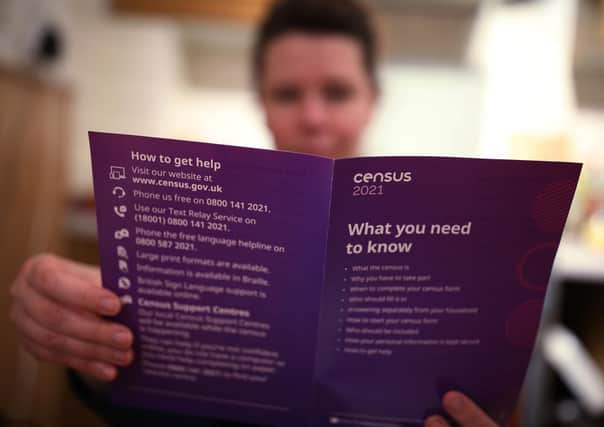Census 2021: Proportion of over-65s in Havering falls


Havering's pensioners make up a larger proportion of the area's population as they did a decade ago despite a rise in older residents, new Census figures outline.
The Census takes place every 10 years, with the latest snapshot captured on March 21 2021.
Advertisement
Hide AdAdvertisement
Hide AdFigures published by the Office for National Statistics show there were 46,200 people aged 65 and over living in Havering on census day last year – up from 42,277 in 2011, when the Census was last carried out.
It means the proportion of over-65s living in the area fell over the decade – from 17.8% to 17.6%.
But across England and Wales as a whole, the population has aged over the last decade.
There were 11.1 million over-65s in 2021 – 18.6% of the population – up from 9.2 million in 2011 (16.4%) and 7.3 million (15.0%) 40 years ago.
Advertisement
Hide AdAdvertisement
Hide AdThere were 94,800 people aged 29 and under living in Havering on March 21 last year, who accounted for 36.2% of the population – up from 86,252 (36.4%) in 2011.
Of them, 33,400 under-10s called Havering home.
Data from the 2021 census for England and Wales will be published in stages over the next two years, the ONS said.
Future releases will include figures on ethnicity, religion, the labour market, education and housing plus – for the first time – information on UK armed forces veterans, sexual orientation and gender identity.
The census was taken at a time when coronavirus restrictions were still in place across the UK, with people only allowed to leave their homes in England for recreation and exercise outdoors with their household or support bubble, or with one person outside their household, and the rule-of-six on outside gatherings not coming into place until the end of March.
Advertisement
Hide AdAdvertisement
Hide AdThe Census, which is used to understand how the UK's population changes over time, shows the balance of men and women across the country.
In Havering, 48.2% of the population was male and 51.8% was female last year – respectively, this compares to 48.1% and 51.9% 10 years ago.
The City of London (55.8%) had the highest male-to-female ratio, while Kensington and Chelsea (46.7%) had the lowest.